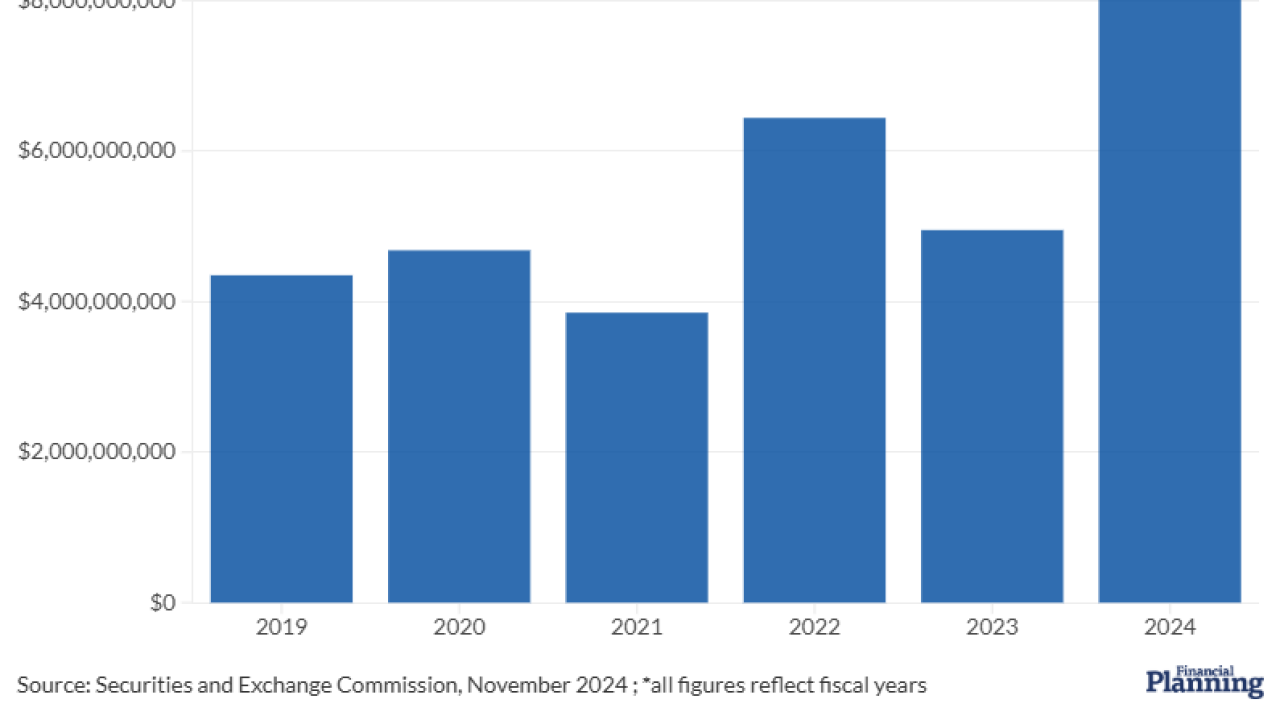A major 401(k) tax break is about to disappear for some of America's most diligent retirement savers. Beginning in 2026, high earners aged 50 and older will lose the option to make pre-tax catch-up contributions in their 401(k)s. Despite the optics, advisors say the shift could be a win for high-income savers over the long term.
The rule, created under
Currently, qualifying savers who max out the $23,500 contribution cap on their workplace retirement plan can make additional catch-up contributions (up to $7,500 in 2025) either pre- or after-tax.
Savers don't know what's good for them
For high earners already facing a
"I wish that more of my clients were putting money into their 401(k) in the form of Roth contributions," said Monica Dwyer, senior vice president at Harvest Financial Advisors. "However, most clients really love getting that tax deduction now. I think that forcing people to put money in as Roth contributions will actually be better for them in the long run."
Advisors say that having more retirement funds in Roth accounts not only provides useful tax flexibility in retirement, but it also takes advantage of the historically low tax rates that are currently in place.
With the passage of the One Big Beautiful Bill Act extending tax cuts from 2017's Tax Cuts and Jobs Act, future tax hikes are likely, Dwyer said.
Roth contributions can be especially powerful when it comes to legacy planning, according to Andrew Bernstein, a partner and private wealth advisor at Luca Partners in Raleigh, North Carolina.
"We find that clients utilizing this provision are not trying to catch up as much as they are getting further ahead," Bernstein said. "Those who can maximize contributions often don't need to spend all their 401(k) or IRA assets in retirement, leaving taxes to be paid by
Research shows that the share of savers who make catch-up contributions of any kind is relatively small. In 2024, 16% of eligible savers made such contributions,
Still, the elimination of pre-tax catch-up contributions isn't without some downside.
For especially high-earning investors, the up-front taxes they will have to pay on catch-up contributions moving forward could be extensive, advisors say.
"Catch-up contributions are normally made by high-income earners who already spend below their means and are looking for
And that assumes their plan even allows for after-tax contributions in the first place.
More workplace plans now allow Roth contributions, but availability isn't universal. Roughly 6% of Fidelity plans and 14% of Vanguard plans still don't offer the option.
Exploring other ways to save
Whether clients choose to skip Roth catch-up contributions or their plan doesn't offer them, advisors say older workers still have numerous ways to boost their retirement savings.
"If you're on a high-deductible health plan, max out the
Despite not offering an immediate tax benefit, contributing to a standard brokerage account can be another helpful strategy for workers who have excess income they're looking to invest.
"It diversifies your tax buckets, which can help with Roth conversions in retirement, as well as giving you flexibility to postpone Social Security," Calamita said.
While many investors tend to favor
"One of the most effective strategies is having a balance of accounts with different tax treatments — Roth, traditional and after-tax," said Marc Shaffer, a financial advisor and CFO at Searcy Financial Services in Overland Park, Kansas. "This provides flexibility in managing taxes in retirement and allows clients to position assets for growth, preservation or inheritance in the most efficient way possible."









